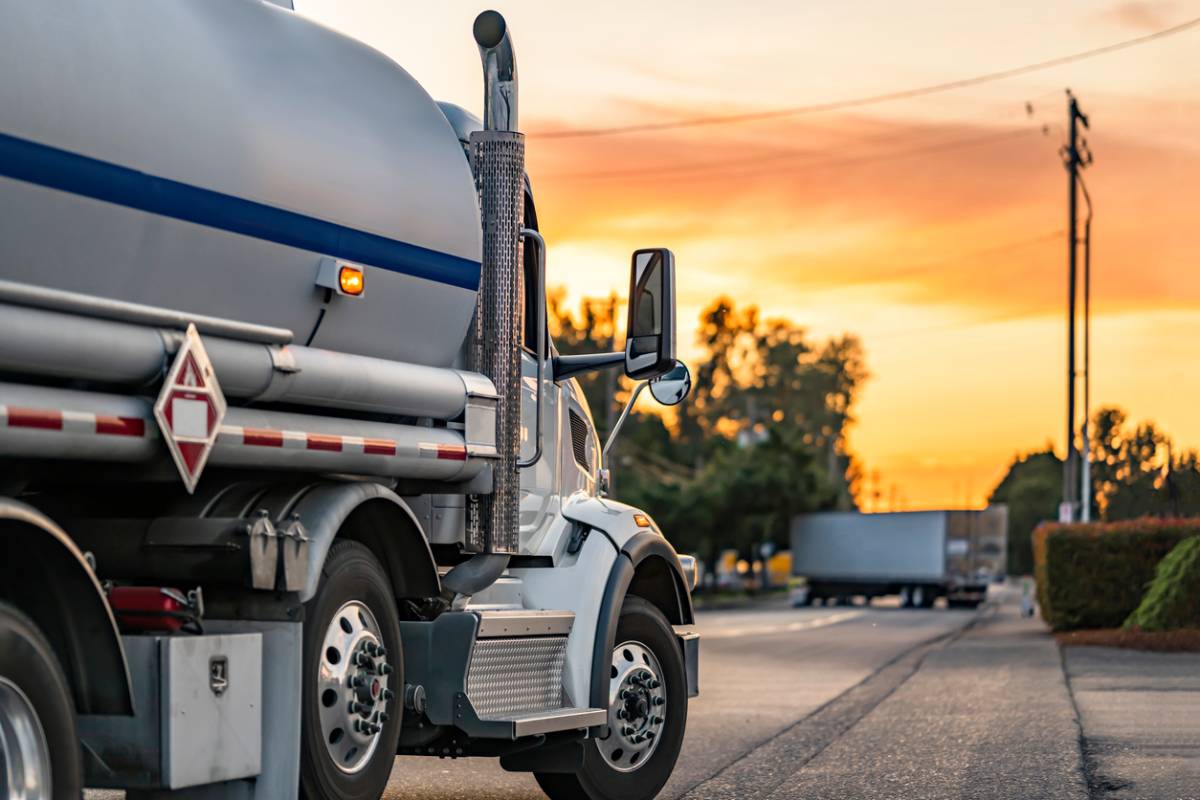Have you ever been pumping gas and noticed a flowing distortion just above the nozzle? These are vapors, flammable, invisible gases released when gasoline evaporates. Essentially, this substance makes gasoline notorious for fires and explosions. So, you may be curious to know how public safety is maintained for gasoline dispensing equipment. That is where Rule 461 comes in. What is Rule 461 for vapor recovery? This rule sets the requirements for testing vapor recovery systems. Rule 461 requires that any facility operating with an underground storage tank must pass Rule 461 UST training to comply.
What Is Rule 461 for Vapor Recovery?
Politicians and lawmakers have created several rules and regulations regarding air pollution and atmospheric contamination to support the health and well-being of the planet. One such regulation is Rule 461. This law regards the transfer and dispensing of gasoline and is enforced by the AQMD, a regional air quality management district in Southern California. Rule 461 of Vapor Recovery encompasses any transfer or dispensing of fuel, be it by truck tank, trailer, etc., into any stationary storage, mobile fueler, or from any stationary storage tank into any mobile fueler or vehicle fuel tank. To ensure you comply, seek the assistance of environmental consulting services; not adhering to the requirements of the law could mean serious legal, financial, and environmental ramifications.
Stage 1 of Rule 461 Vapor Recovery
Southern California’s law has two stages, both of which are intended to minimize pollution during the distribution of fuel.
The first stage of Rule 461 Vapor Recovery deals with the delivery of fuel from the truck to the regulated underground tank. During the fueling, special processes are in place to redeliver the vapors back to the tanker truck, preventing them from polluting the air.
Safeguards for Stage 1
- Drop tube: The tube that delivers the fuel into the underground storage tank. The opening of this tube should be no greater than six inches off the tank bottom. This minimizes spills and vapor leakage.
- Adapter cap: Prevents vapors from spilling out of the tank.
- Vent cap: Pressurized and vacuum components maintain the vapors within the tank when delivering or dispensing fuel.
Stage 1 delivery can be either a two-point delivery or a coaxial delivery. Two-point delivery means that the underground tank has two access points. One for the fuel to go in and one for the vapors to come out.
During a coaxial delivery, there is one access point, and fuel is delivered through the drop tube. The design of this delivery allows the vapors to come outside of the drop tube and into the tanker truck. This is accomplished by creating a tube within a tube. The fitting for coaxial delivery permits liquid to flow into the underground storage tank while simultaneously allowing vapors to flow through another channel in the same fitting and back into the tanker truck.
If any contamination occurs during your delivery, it is your responsibility to address the spill appropriately. You can be held liable for any contamination that occurs on your property. The goal of Rule 461 is to ensure the safety of the environment by requiring facilities to follow safe practices and holding them accountable when they fall short. Yearly maintenance inspections or annual pressure decay tests are required under Rule 461 to ensure vapor recovery systems are operating properly.
Stage 2 of Rule 461 Vapor Recovery
Stage 2 of Rule 461 relates to vapors that are present during the filling of consumer gas tanks at fuel stations. This rule requires specialized nozzles for fuel pumps. Typically, most installed nozzles are bootless for convenience. During refueling, the pressure of incoming fluid pushes the vapors out of the tank. Nozzles will capture the retreating vapors and redirect them to the underground storage tanks, where they remain till the next bulk delivery.
Ensuring Compliance with Rule 461 for Vapor Recovery
To avoid serious legal and financial difficulties, you must ensure your compliance with Rule 461 of the Vapor Recovery regulations as defined by Southern California. Non-compliance can have a significant impact on public health and the environment, including the release of hazardous air pollutants and the degradation of air quality.
By adhering to this regulation, you can demonstrate your commitment to ensuring accountability and contributing to a cleaner, healthier environment for all. Your efforts will make a lasting impact on the well-being of your community and environment.
Environmental Consulting Services in Calabasas
Call an environmental consulting service today to save yourself the legal and financial burden associated with non-compliance with Rule 461.
